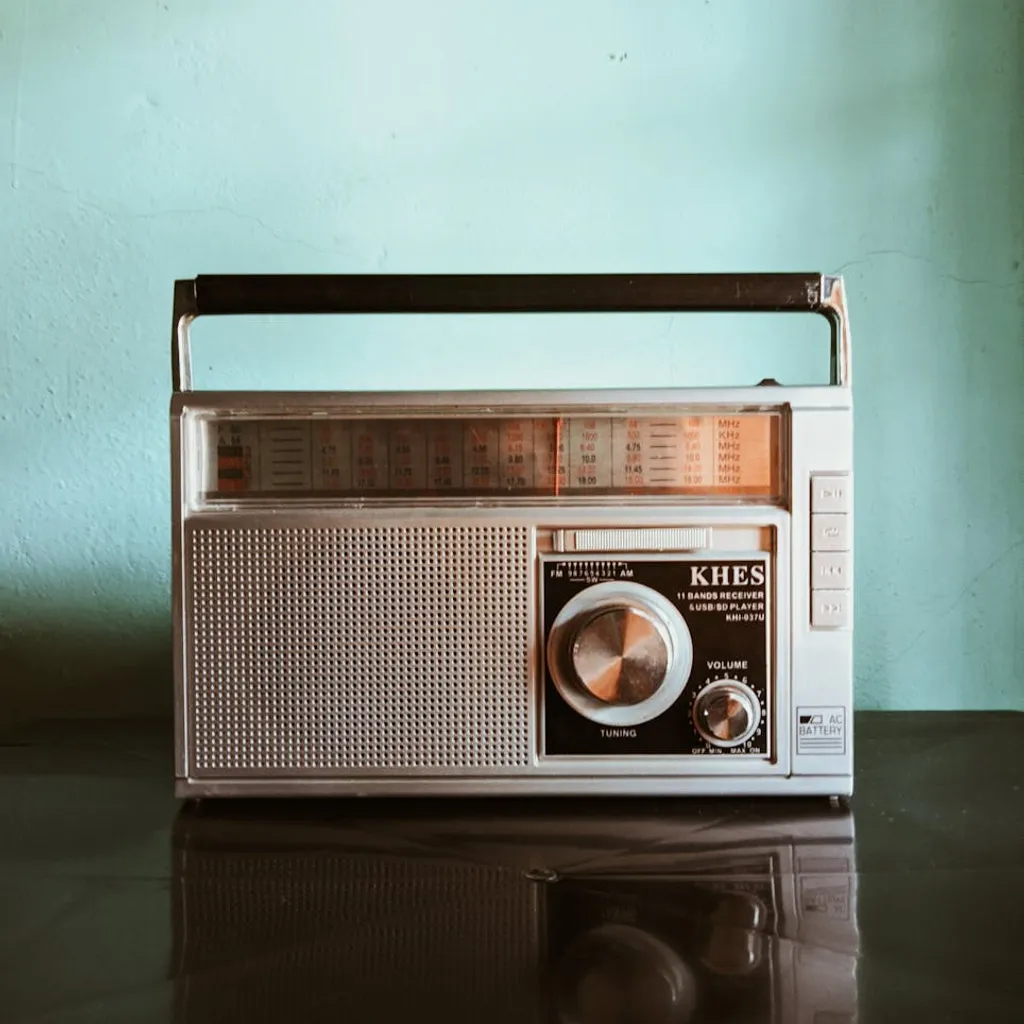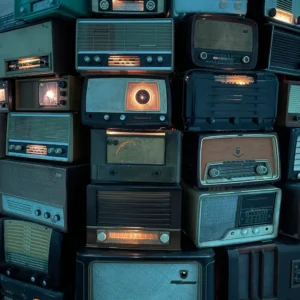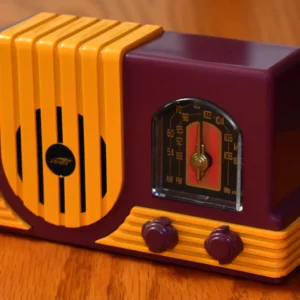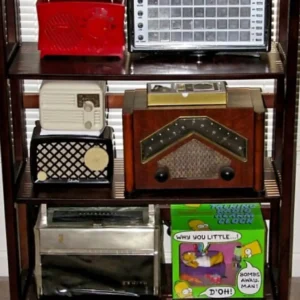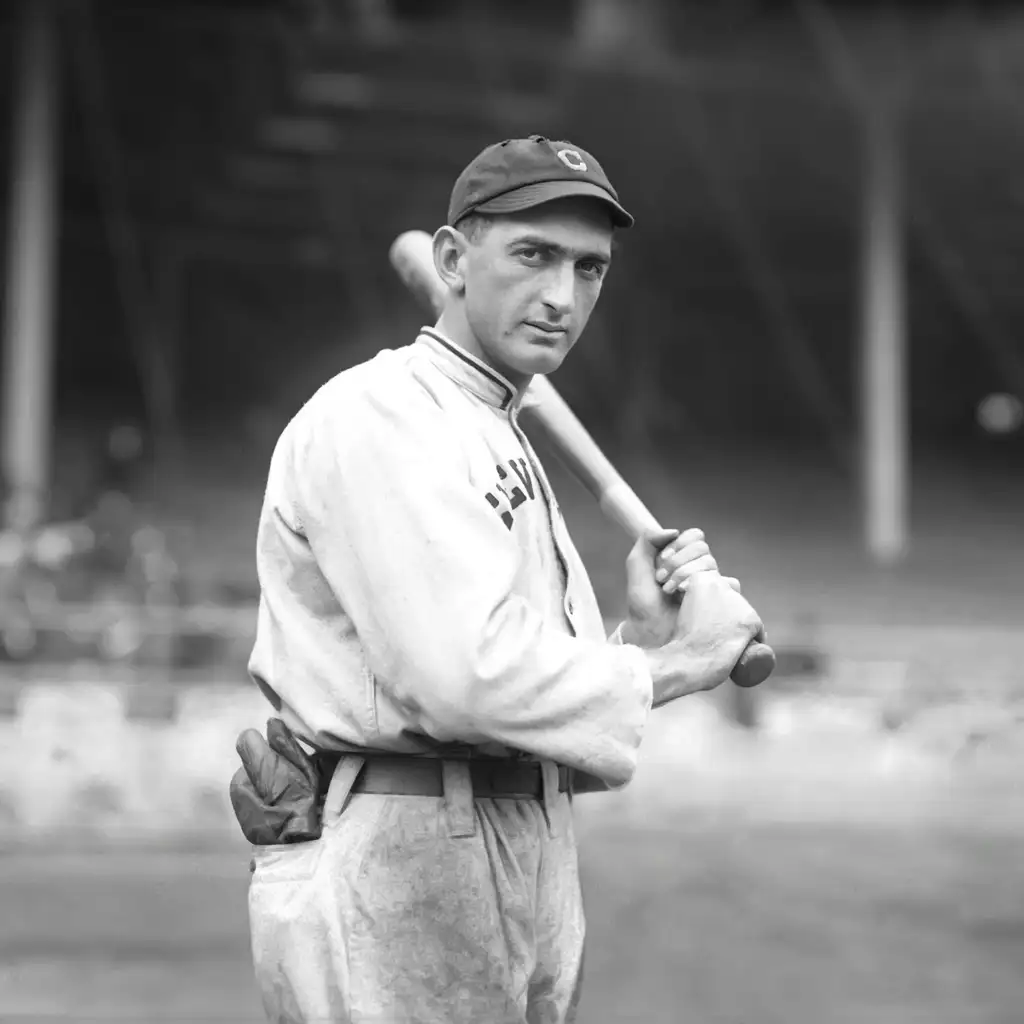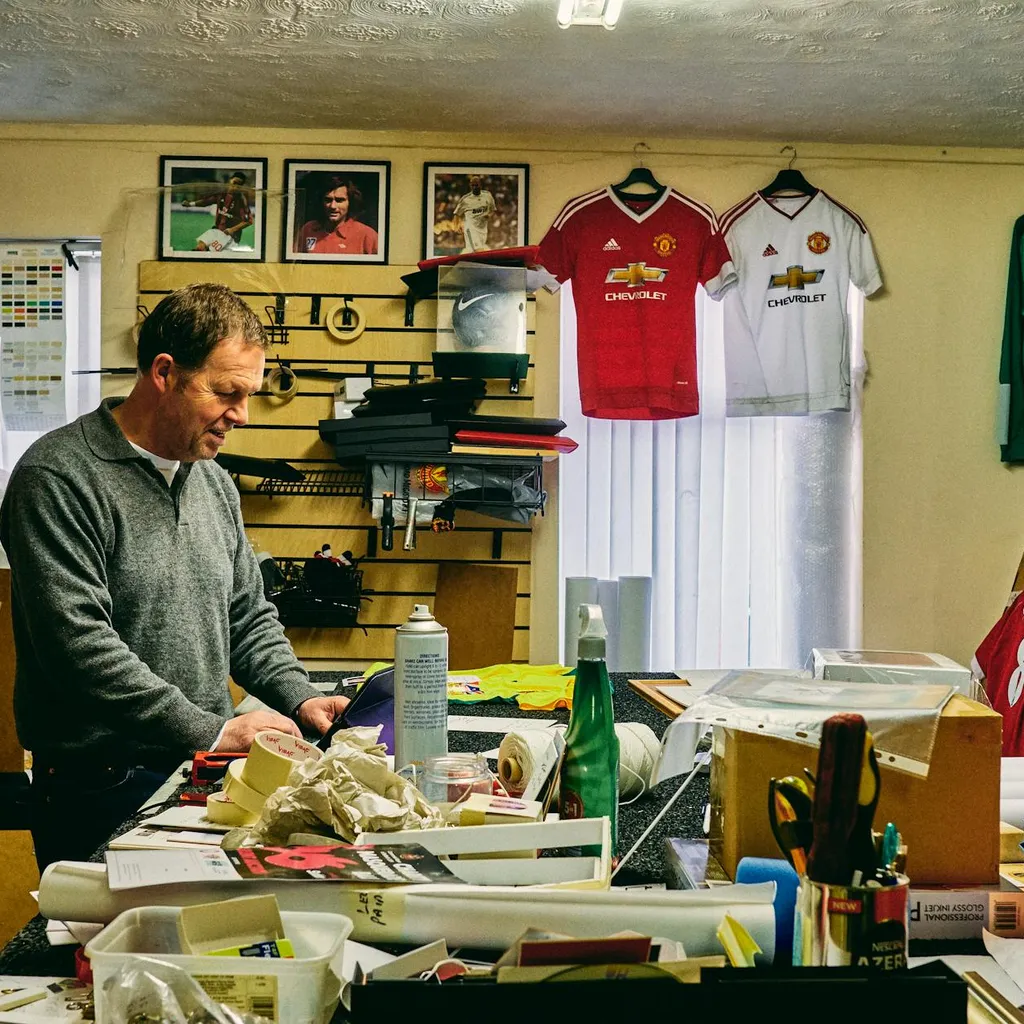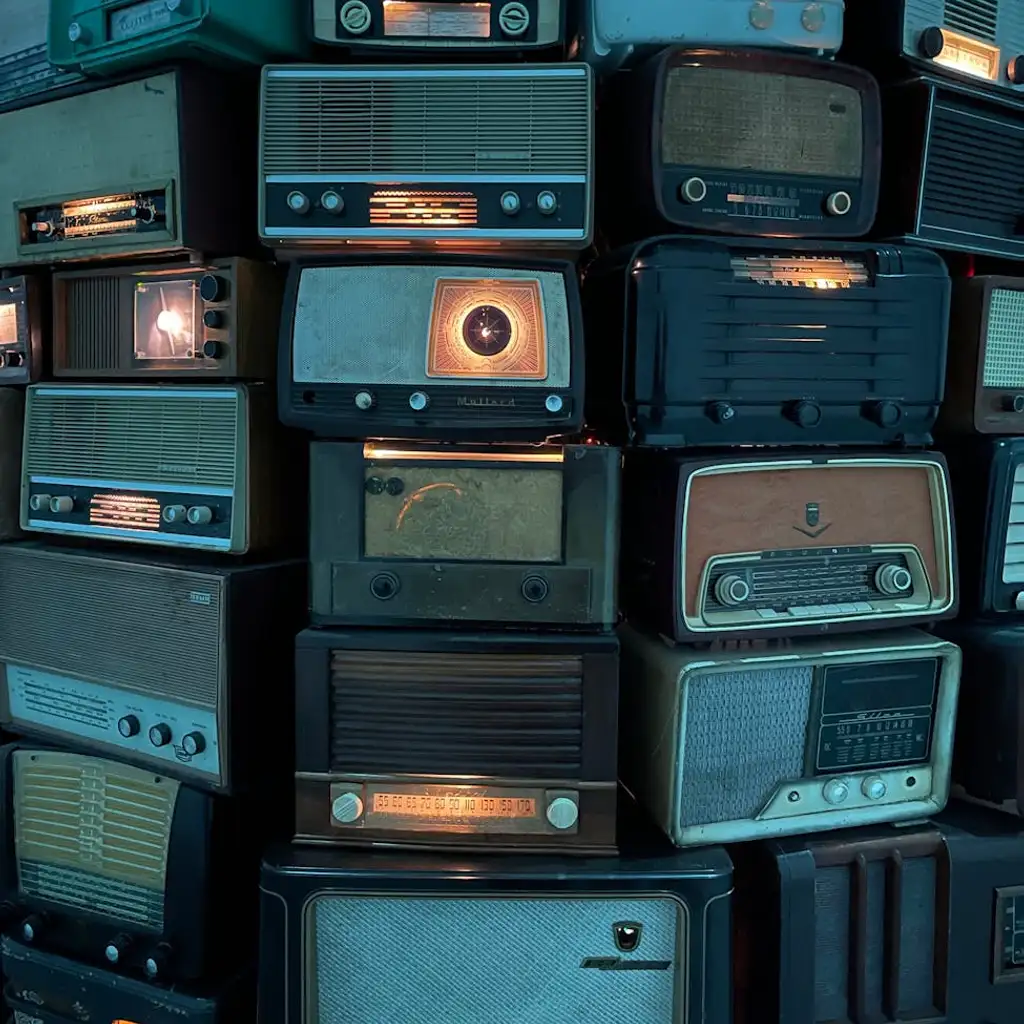Winter’s museum isn’t just a display; it’s a hands-on tribute to the golden age of radio. Visitors can interact with almost any piece in the collection, a rarity among radio museums in the U.S. With around 1,000 items, 90 percent of which are functional, Winter has personally restored these relics, preserving a crucial slice of American history and technological innovation.
“Radio was a mental exercise,” says Winter. “It’s fascinating to think about how voices could travel over the airwaves.” The museum tells radio’s story from its early days to the 1940s, capturing its profound cultural impact. Doug Thomle, a visitor from Stanwood, agrees: “It’s a powerful reminder of how radio influenced society.”
Beyond the physical exhibits, Winter has collected recordings of classic radio programs such as The Shadow, Amos and Andy, and Walter Winchell. These shows play on a low-power station broadcasting from the museum, immersing visitors in authentic audio from the past.
Winter’s mission also has an educational side. To inspire young minds in science and technology, he lends pieces to local schools and has a museum website, which sees increased traffic following school visits. Winter recalls his own childhood fascination, sparked by disassembling and reassembling discarded radios he found in garbage trucks—an experience he describes as far richer than “today’s sterile toys.”
While originally pursuing a career in jewelry making, Winter was drawn back to electronics, eventually founding the museum in 1988. The museum moved to its current Railroad Avenue location in 1993, operating as a non-profit, with funding from donations and a $10,000 contribution from the City of Bellingham.
For those wishing to visit, the Antique Radio Museum, located at 1315 Railroad Ave., Bellingham, is open Wednesday through Saturday from Noon to 5 p.m. Winter’s dedication ensures that radio’s legacy lives on, offering a hands-on journey through an era when radio was the heart of family life.
